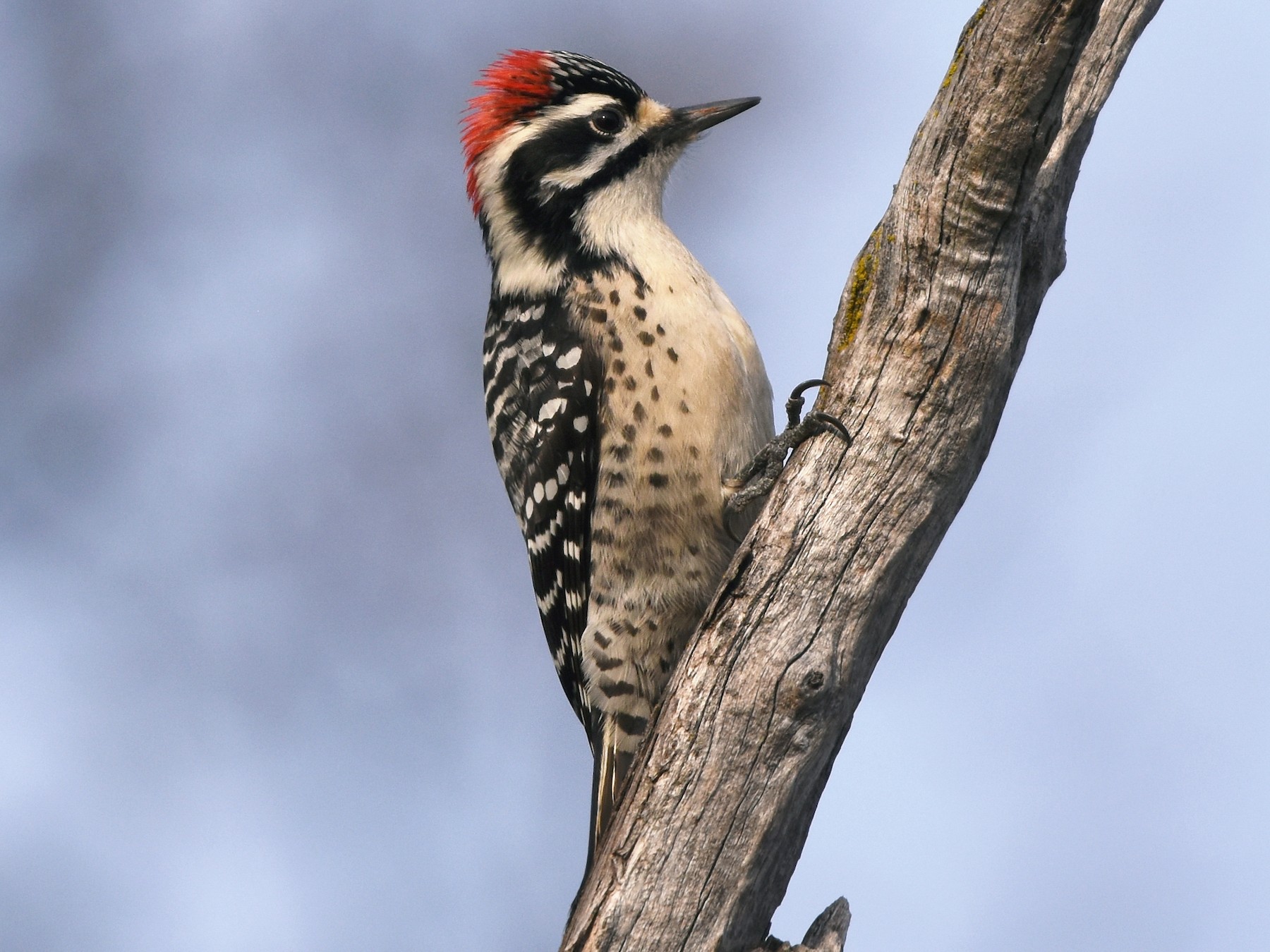Introducing the Secrets of Woodpeckers: Habits, Environment, and Extra
Woodpeckers, with their unique behaviors and specialized adjustments, have actually lengthy amazed scientists and nature lovers alike. By uncovering the mysteries bordering woodpeckers' actions and environment options, a deeper understanding of these bird marvels emerges, providing a glimpse right into their interesting world.
Woodpecker Behavior Insights
In examining woodpecker actions, a remarkable screen of specialized skills and adjustments arises, clarifying their remarkable eco-friendly specific niche - Woodpeckers in Florida. Woodpeckers, known for their distinctive drumming on trees, have a range of behavioral attributes that add to their survival and success in their environment. One key actions is their drumming, which serves multiple functions such as communication, developing territory, bring in companions, and locating food resources. This rhythmic pecking additionally showcases their amazing toughness and endurance, as they can hammer away constantly at broadband without creating harm to themselves.
Moreover, woodpeckers exhibit an one-of-a-kind feeding behavior defined by their ability to essence bugs from tree bark using their specialized beaks. Their lengthy, barbed tongues aid in recording prey, while their strong neck muscle mass provide stability and accuracy throughout pecking motions. This feeding technique enables woodpeckers to accessibility covert insect larvae and remove them with impressive efficiency.
Habitat Preferences and Choice
What elements influence the habitat preferences and option of woodpeckers? One crucial factor affecting woodpecker environment choice is the accessibility of appropriate nesting sites. Woodpeckers typically prefer woodlands with a mix of fully grown trees that supply sufficient chances for cavity excavation.
In addition, woodpeckers reveal a preference for habitats with a bountiful supply of food resources. They are mainly insectivorous, feeding upon beetles, ants, larvae, and other pests discovered in rotting wood or tree bark. Consequently, woodpeckers often tend to favor wooded locations with a diverse insect population to fulfill their dietary demands.
Furthermore, the presence of dead or worn out trees is one more key consider woodpecker environment selection. These trees not just offer food resources however also provide suitable substratum for tooth cavity excavation. Dead trees are essential for the upkeep of healthy woodpecker populaces, as they play an important duty in the woodpeckers' life cycle and ecosystem characteristics.
Feeding Routines and Diet Make-up
Woodpeckers demonstrate a specialized feeding habits concentrated on foraging for pests within various environments. In addition to bugs, woodpeckers additionally take in tree sap, fruits, nuts, and seeds, including selection to their diet plan depending on the season and accessibility of food resources.
The foraging strategies of woodpeckers Clicking Here are well-adapted to their arboreal way of living (Woodpeckers in Florida). Their capacity to excavate timber not just gives them with food yet additionally aids in developing nesting dental caries and developing regions. Woodpeckers play an important function in preserving the health of forests by controlling insect populations and aiding in the disintegration of timber. Recognizing their feeding behaviors and diet regimen structure is necessary for preservation initiatives focused on protecting these distinct and important birds.
Drumming Sounds and Communication
Utilizing quick drumming sounds on different surface areas, woodpeckers employ an unique form of communication to signal region borders and bring in mates. web This drumming habits is not only a way of interaction but likewise serves as a means for woodpeckers to establish their visibility within a particular area. The strength, rate, and pattern of the drumming can share vital details to other woodpeckers in the location.
Woodpeckers make use of drumming noises to announce their visibility in a territory and to advise off potential burglars. The loud and repetitive nature of the drumming works as a clear signal to other woodpeckers that the area is currently claimed. This assists in decreasing problems and minimizing physical fights between individuals.

Survival Adaptations and Specialized Makeup

Conclusion
Finally, woodpeckers show special behaviors, such as drumming audios for communication, and have specialized makeup for survival in their selected environments. Their feeding routines and diet plan composition further demonstrate their flexibility to different environments. By recognizing these aspects of woodpeckers, scientists and guardians can much better secure and preserve these remarkable birds and their communities.